A Closer Look at Lupus
Understanding lupus
The Lupus Foundation of Americasays that more than 1.5 million Americans have lupus, which is an autoimmune disease. Usually, the immune system protects the body from viruses and bacteria that come from outside. In a disease like lupus, the immune system attacks the body by accident and hurts healthy organs and tissues. Lupus can cause problems with the skin, blood vessels, kidneys, and nervous system.
Lupus types
There are different kinds of lupus, and the symptoms of each are different. The most common type is called Systemic lupus erythematosus (SLE). It affects many parts of the body, like the kidneys, lungs, brain, and arteries.
The skin is affected by cutaneous lupus erythematosus (CLE).
Neonatal lupus is a rare condition that affects pregnant women and can cause a rash, problems with the liver, and sometimes a heart defect in the baby.
General symptoms
Lupus patients often have symptoms that are like those of the flu. They are very worn out. They get headaches and fever, and their joints swell up or hurt. Lupus can be hard to tell apart from other diseases with similar symptoms, such as arthritis, fibromyalgia, and thyroid problems. Lupus is sometimes called “the great imitator” because its symptoms are hard to describe.
Joint pain and weakness
The Lupus Foundation of America says that more than 90% of people with lupus will have joint pain and feel weak. Most of this pain comes from the inflammation that lupus causes. Lupus arthritis is when people have pain and stiffness in their joints.
Lupus can also make muscles weaker, especially in the pelvis, thighs, shoulders, and upper arms. Also, the disease can lead to carpal tunnel syndrome, which makes the hands and fingers hurt and numb.
Disc-shaped rash
Lupus that affects the skin (CLE) comes in different forms and causes different kinds of rashes. People who have chronic cutaneous lupus can get discoid lupus (CCLE). It makes the cheeks, nose, and ears get a coin-shaped, red, scaly rash. The rash doesn’t itch or hurt, but it may change the colour of the skin after it goes away. If the rash is on the scalp, it could cause hair loss. There are times when hair loss can’t be fixed.
Ring-shaped rash
People with subacute cutaneous lupus (SCLE) get red, scaly patches or rings on their skin. Most of the time, this rash shows up on sun-exposed parts of the body, like the arms, shoulders, neck, chest, and trunk. If you have SCLE, you might be more sensitive to the sun, so be careful when you go outside or sit under fluorescent lights.
Butterfly rash
When systemic lupus flares up, you may get a rash on your face that looks like a sunburn. Acute cutaneous lupus causes this “butterfly” rash (ACLE). The rash stands out because it looks like a butterfly: It goes from the tip of the nose to both cheeks. This rash can also show up on other parts of the body, especially the arms, legs, and trunk, which are often exposed to the sun. The rash caused by ACLE reacts strongly to light.
Anemia
Red blood cells carry blood from the heart and lungs to the rest of the body. This blood is full of oxygen. The immune system can hurt healthy red blood cells in people with lupus. This can make someone sick with hemolytic anaemia. If you don’t have enough red blood cells, you might feel tired, short of breath, dizzy, and your skin and eyes might look yellow (jaundice).
Blood clots
Some people with lupus also have another blood problem. When someone gets hurt, blood clots usually form to stop the body from bleeding too much. Thrombosis can happen in people with lupus, causing blood clots to form in places where they don’t belong. This can be very dangerous, especially if a piece of the clot breaks off and gets stuck in a blood vessel in the lungs, brain, or another part of the body.
The nerves
Nerves are often hurt by lupus, which is bad because they send messages from the brain to the rest of the body. This damage can cause a number of problems, such as:
- headaches
- confusion
- vision problems
- mood swings
- dizziness
- numbness
Raynaud’s phenomenon happens when lupus attacks the nerves in the hands and feet. This makes the tips of the fingers and toes turn red, white, or blue. Cold can also make fingers and toes feel numb or painful.
Lupus and the lungs
Lupus can make it hard to breathe when it affects the lungs. When the membrane around the lungs gets inflamed, which is called pleurisy, it puts pressure on the lungs and makes it hard to breathe. Lupus can also cause pulmonary hypertension, a type of high blood pressure in which the blood vessel that connects the heart to the lungs gets thicker. Since less blood can get from the heart to the lungs to pick up oxygen, the heart has to work much harder to keep up.
Fluid buildup
Lupus affects many organs, including the kidneys, which normally filter blood and get rid of waste. The Lupus Foundation of America says that up to 40% of all people with lupus and up to 30% of all children with lupus will have problems with their kidneys. As the kidneys get worse, the body starts to fill up with fluid. One of the first signs of lupus nephritis is swelling in the legs, ankles, and feet. This is called edoema.

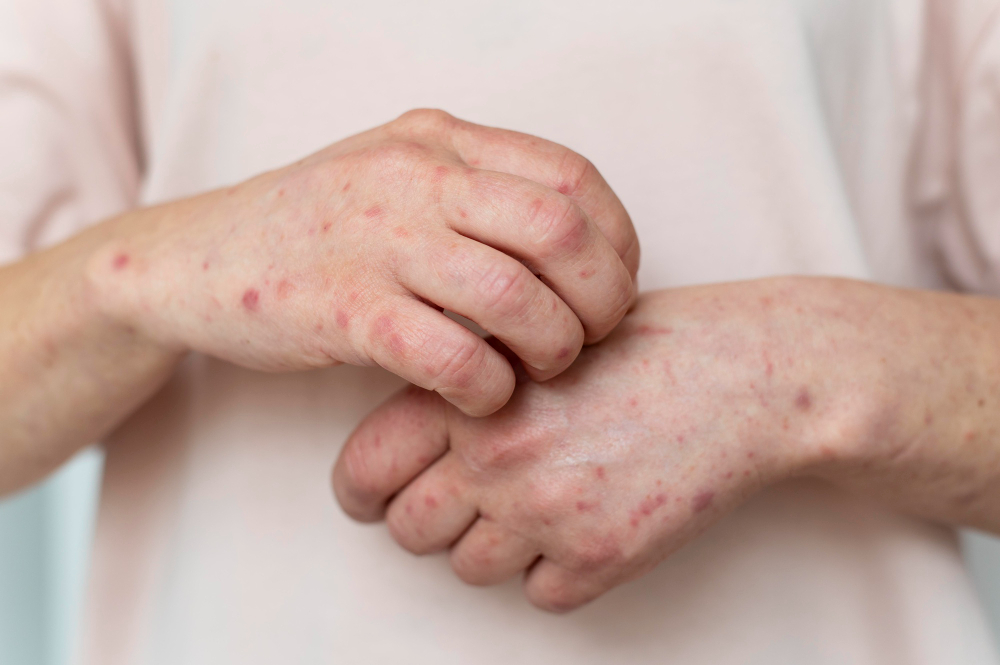

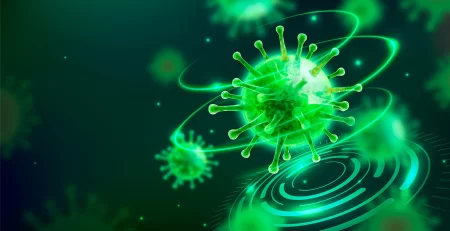
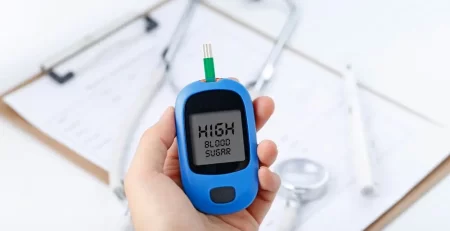

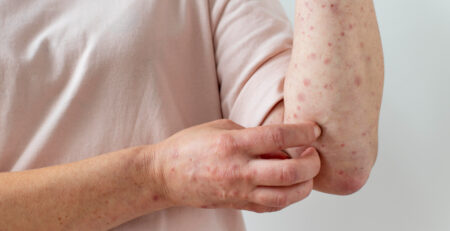

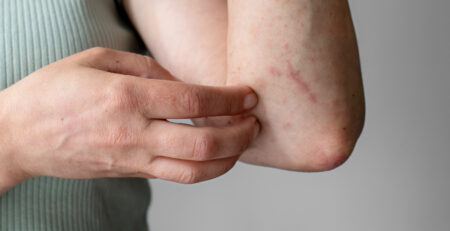

Leave a Reply